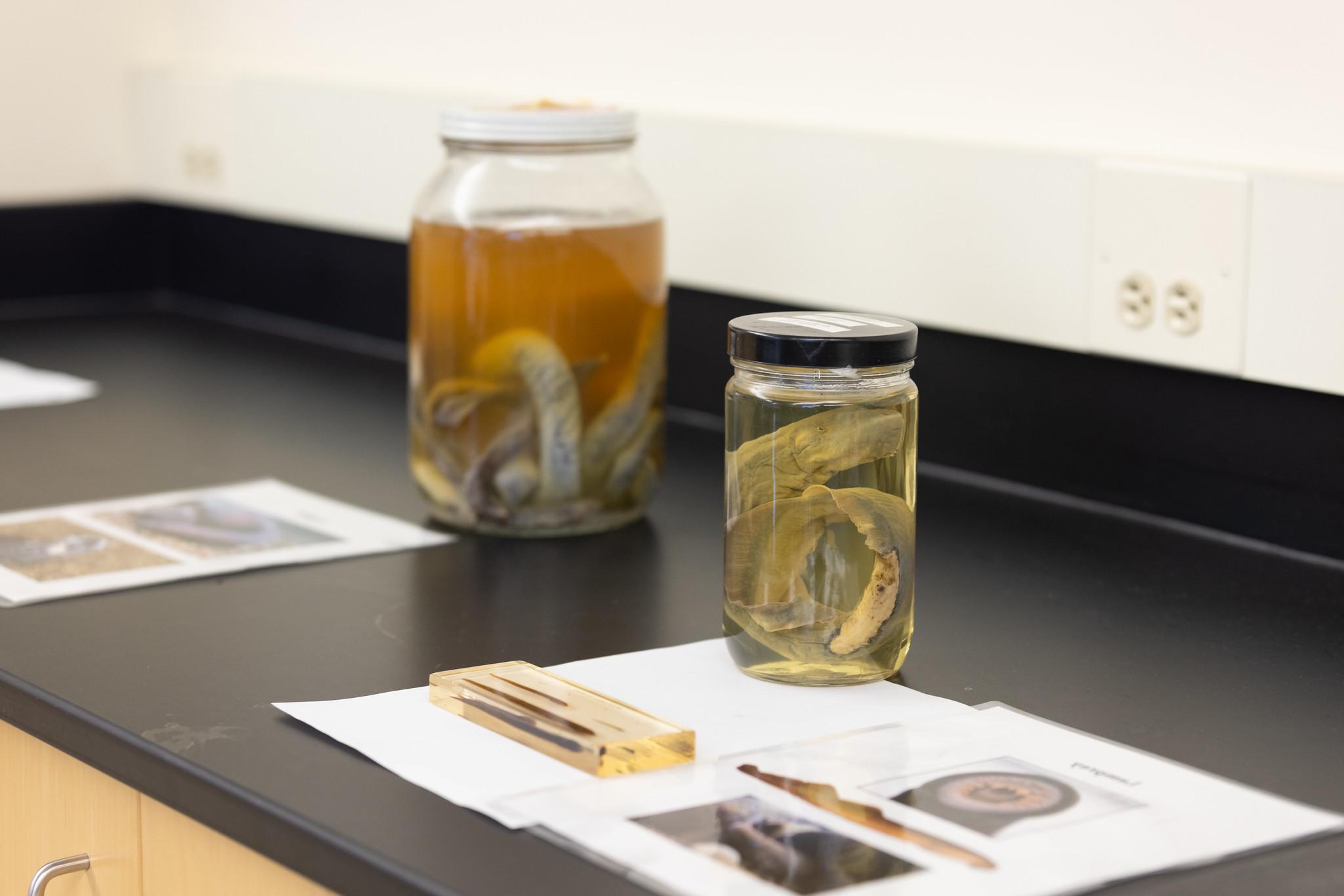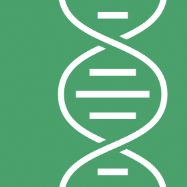Biology builds useful skills on a foundation of knowledge. As a student of biology,
you’ll work with microscopes and other technical equipment, set up bacterial plates
for investigations, interpret patient symptoms (human and animal), and carry out electrophoresis
(also known as DNA fingerprinting).
Biological Sciences Emphasis, Associate of Science
This two-year degree prepares you to transfer to OSU, helping you complete your lower-division
credits so that you can move confidently into your study of biology, microbiology,
botany, entomology, general science, or integrative biology.
This is a standard program. Learn more about our
average cost.
Biology Course Sequences
Non-Majors Biology Course Sequence
Biology 101, 102, and 103 are introductory lab science courses intended for majors
in disciplines other than the biological sciences. Topics presented include ecological
principles, biodiversity, biotechnology, human anatomy and physiology, and human diseases.
Biology for Science Majors Course Sequence
Biology 221, 222 and 223 are three introductory courses intended for science majors:
biochemistry, botany, zoology, forestry, microbiology, fisheries and wildlife, agriculture,
pre-medical, pre-dental, pre-veterinary, pre-pharmacy, biology, etc.
- Biology 221 introduces the fundamentals of biological concepts and theories about
the chemical and molecular basis of life, structure, and function; transformation
of energy and matter; and information flow at a cellular and molecular level.
- Biology 222 introduces the fundamentals of biological concepts and theories about
plant and animal physiology; evolution, structure, and function; transformation of
energy and matter; and systems at an organismal level.
- Biology 223 introduces the fundamentals of biological concepts and theories about
diversity, evolution, and ecology, specifically, evolutionary relationship, transformation
of energy and matter, information flow, and systems at a population level or above.
These courses need not be taken in numerical order. All three include a laboratory
component.
Human Anatomy & Physiology Course Sequence
Biology 231, 232, and 233 are an introduction to the structure and function of the
human body.
- Biology 231 focuses on cells, basic biochemistry, tissues, skin, skeleton, and muscles.
This course includes a laboratory component.
- Biology 232 focuses on the nervous system, endocrine system, and cardiovascular system.
This course includes a laboratory component.
- Biology 233 focuses on the lymphatic system, respiratory system, urinary system, fluid
and electrolyte balance, digestive system, and reproductive system.
![]() Science, Engineering & Math
Science, Engineering & Math
 Science, Engineering & Math
Science, Engineering & Math